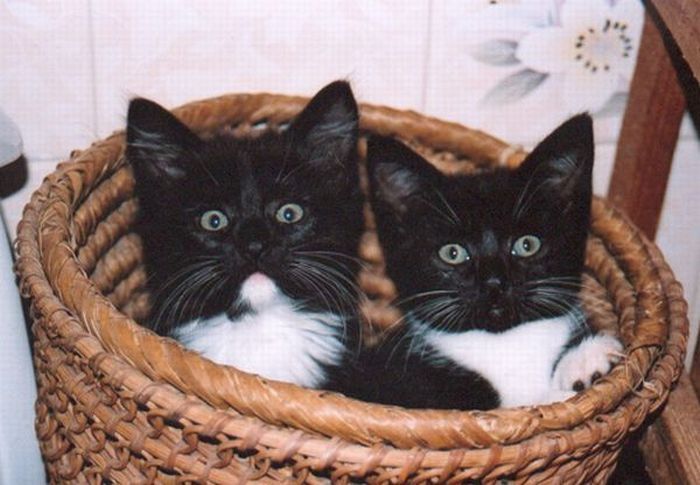|
|
Hiding Cat
|
For cats, life in proximity with humans (and other animals kept by humans) amounts to a "symbiotic social adaptation". They may express great affection towards their human companions, especially if they imprint on them at a very young age and are treated with consistent affection. It has been suggested that, ethologically, the human keeper of a cat functions as a sort of surrogate for the cat's mother, and that adult domestic cats live their lives in a kind of extended kittenhood, a form of behavioral neoteny. Conversely, the high-pitched purrs cats make to solicit food may mimic the cries of a hungry human infant, making them particularly hard for humans to ignore.
Grooming
Cats are known for their cleanliness, spending many hours licking their coats. The cat's tongue has backwards-facing spines about 500 micrometres long, which are called papillae. These are quite rigid, as they contain keratin. These spines allow cats to groom themselves by licking their fur, with the rows of papillae acting like a hairbrush. Some cats, particularly longhaired cats, occasionally regurgitate hairballs of fur that have collected in their stomachs from grooming. These clumps of fur are usually sausage-shaped and about two to three centimeters long. Hairballs can be prevented with remedies that ease elimination of the hair through the gut, as well as regular grooming of the coat with a comb or stiff brush.
|
|









